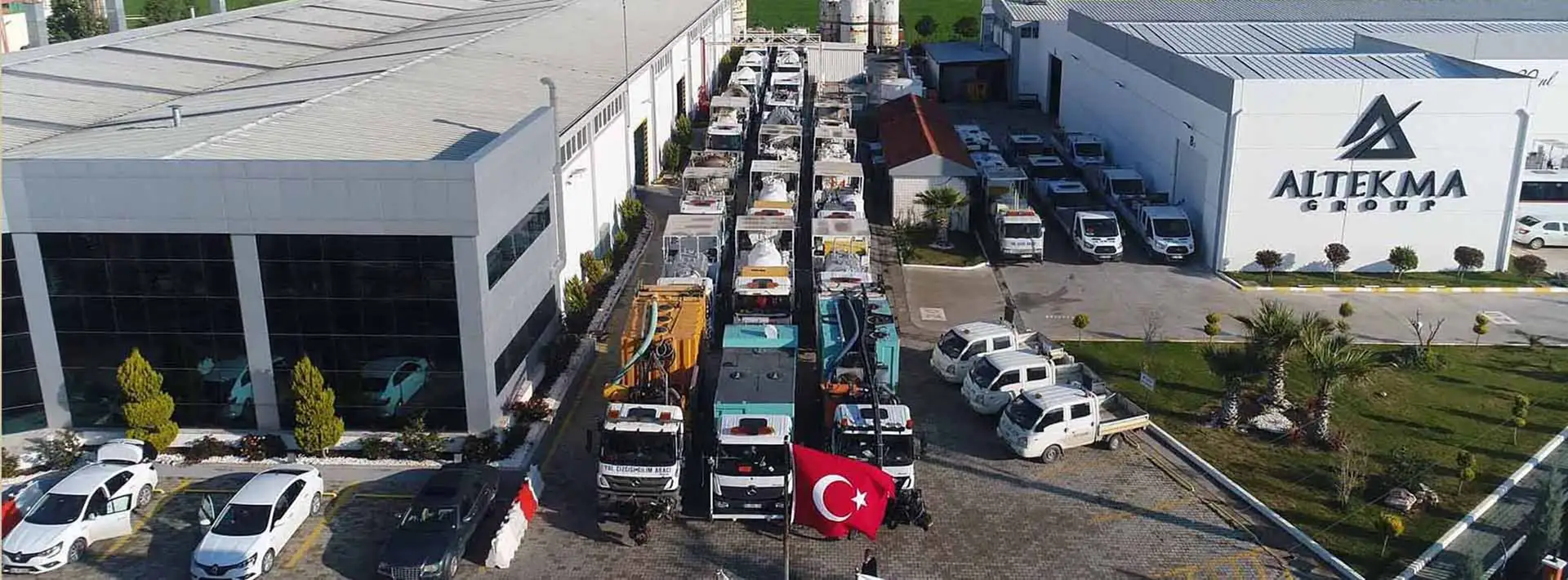
CHOOSING THE RIGHT FOOD AND BEVERAGE PUMP IN THE FOOD INDUSTRY?
CHOOSING THE RIGHT FOOD AND BEVERAGE PUMP IN THE FOOD INDUSTRY?
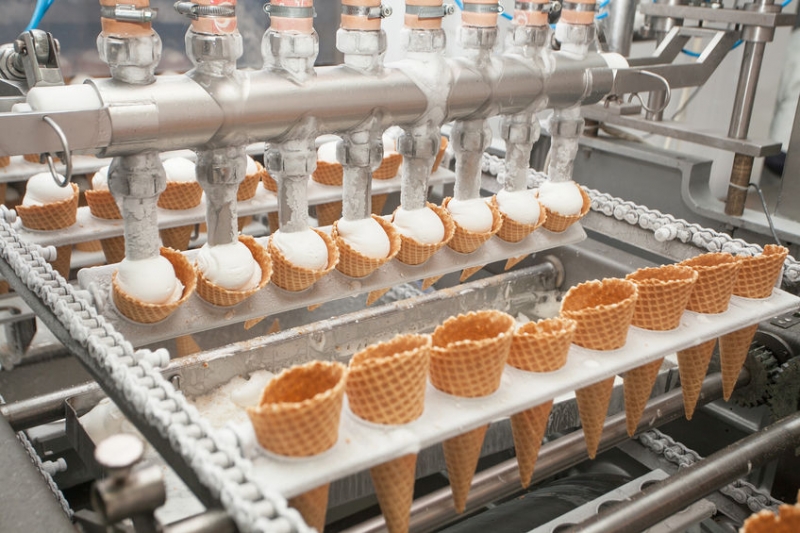 Appropriate material transfer equipment is essential to balance operating costs while maintaining optimum efficiency and high product quality. Food and beverage processors have the difficult task of making purchasing decisions when installing new equipment or upgrading old equipment. There is a four-part formula for choosing the right pump technology for food and beverage applications.
Appropriate material transfer equipment is essential to balance operating costs while maintaining optimum efficiency and high product quality. Food and beverage processors have the difficult task of making purchasing decisions when installing new equipment or upgrading old equipment. There is a four-part formula for choosing the right pump technology for food and beverage applications.There is no shortage of material pumping options in food and beverage processing. From the industry's new twin screw pumps, reliable rotary lobe pumps, adaptable electric and air-driven diaphragm pumps to powerful piston pumps, the options are numerous. There is a configuration on the market that meets users' needs. The following considerations will point you in the right direction.
DETERMINING THE FLOW RATE
The volume flow rate is determined by multiplying the material velocity and pipe size to determine the gallons per minute. Determining the flow rate is critical in selecting the perfect pump. A pump that is too small for the application will run too hard or too hot, causing the pump to fail. A pump that is too large will result in higher purchase and running costs. As a general rule, pumps should operate between 30 percent and 60 percent of maximum capacity. This reduces unnecessary wear due to high speeds and allows for future expansion or process features if necessary. This applies to rotary lobe, diaphragm, twin screw, sine pumps and virtually any other type of pump that can be incorporated into an application.
MATERIAL PROPERTIES
VISCOSITY
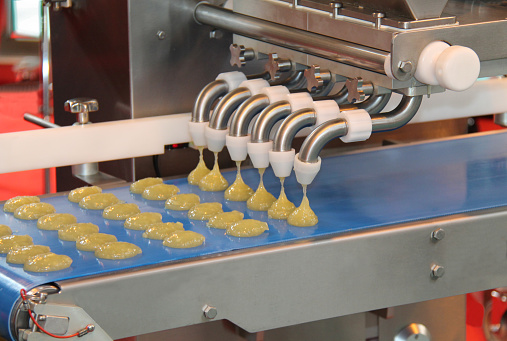 Fluid viscosity is the most important characteristic for pump operators. The above flow rate performance ratio of pumps reduces material viscosity. Most pumps
Fluid viscosity is the most important characteristic for pump operators. The above flow rate performance ratio of pumps reduces material viscosity. Most pumpsRated for 1 centipoise (cP) maximum flow rate with water. Most food materials are more viscous than water, reducing maximum output performance from 5 percent to 25 percent. In general, centrifugal pumps are used for lower viscosity liquids and reciprocating, lobe, diaphragm and other pumps are used for higher viscosity liquids.
Material viscosity affects how well the pump loads the material into the pump inlet and outlet. Lobe pumps do not create significant inlet suction power and are difficult to fill with higher viscosity liquids. Electric or pneumatic diaphragm pumps and peristaltic pumps can load high viscosity materials into the pump with the suction power they generate. If the viscosity of the material exceeds 100,000 cP, a ram unit is required to pressurize the material downward inside the pump when discharging from containers.
ABRASION
The abrasive nature of the material can easily wear out pump components, especially if centrifugal pumps are used, resulting in higher repair costs. Material with a high sugar content wears components more quickly than other materials. Lobe pumps sometimes use special materials and coatings to properly manage this increased wear, but still suffer from leaking rotary seals and rotor wear over time. Diaphragm pumps without rotary seals or rotating components handle abrasive materials much more easily than the tight tolerances required by lobe pumps.
CUTTING
In applications such as tomatoes, pie fillings, cottage cheese, meat and poultry, users must be conscious of material shear. Diaphragm, peristaltic and sinus pumps are sensitive to materials and do not shear the pumped material like centrifugal, lobe, twin screw or other rotary type pumps. This is important for users whose products are affected by the shearing problem and the heat problem, which can change the final product produced by the equipment.
PARTICLE SIZE
Users should also be aware of solid particles in the transferred material. Foodstuffs such as salsa and fruit fillings contain oversized food particles in the liquid. Diaphragm pumps and peristaltic pumps with flapper-type check valves are designed to handle solid particles that are more than 4 inches in diameter. Rotary pumps can also handle some solids that are not oversized, but usually damage the particles and degrade the material due to pump type and operating speed.
CHEMICAL COMPATIBILITY
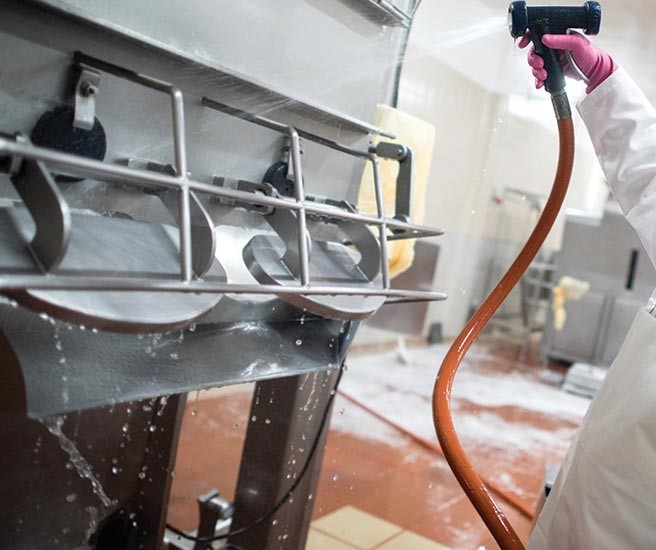 Ensuring that the pump materials are compatible with the component being transferred ensures that the pumps run for a long time. Most hygienic pumps are made of stainless steel, but all pumps use a type of elastomer seal that is more susceptible to compatibility issues. Most elastomers used in the meat and poultry industry do not hold animal fats and oils in materials well.
Ensuring that the pump materials are compatible with the component being transferred ensures that the pumps run for a long time. Most hygienic pumps are made of stainless steel, but all pumps use a type of elastomer seal that is more susceptible to compatibility issues. Most elastomers used in the meat and poultry industry do not hold animal fats and oils in materials well.Pump construction and elastomers also need to be compatible with plant cleaning solutions and clean-in-place (CIP)/clean-out-of-place (COP) requirements. Many failures occur when the pump elastomer or seal cannot handle the caustics used to clean the equipment, even if it is compatible with the food material.
To select the right pump, the cleanability of the pump and plant cleaning procedures should also be considered. Does the plant need a pump that can be cleaned in situ without dismantling? This leads users to rotary lobe pumps and other rotary pumps designed with CIP capability. Diaphragm pumps can also be cleaned in situ, depending on the material. Many plants now use steam cleaning in place, which means that all pump components must withstand the extreme steam temperatures that pass through the pumps.
APPROVAL REQUIREMENTS
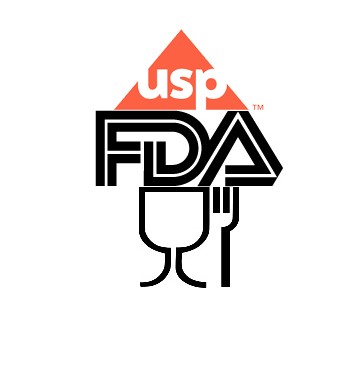 Are there any equipment approvals required for the process? US Food and Drug Administration (FDA) approval and design is the most widely used standard in the food industry. Ensure that the equipment meets all FDA standards and complies with FDA Code of Federal Regulations (CFR) Title 21.
Are there any equipment approvals required for the process? US Food and Drug Administration (FDA) approval and design is the most widely used standard in the food industry. Ensure that the equipment meets all FDA standards and complies with FDA Code of Federal Regulations (CFR) Title 21.Many other approvals can lead to specific pump choices. When handling solvents, detection or explosive atmosphere (ATEX) approval is required. European manufacturers may require equipment that meets European Framework Regulations (EC) 1935 approvals, and many personal care and pharmaceutical facilities require US Pharmacopeia (USP) Class VI approved components. Approvals are determined by the material produced and how the customer will receive or use the product.
In food and beverage applications, there are many factors that drive equipment selection. It is important to fully understand the material fluid management requirements before selecting a pump.








